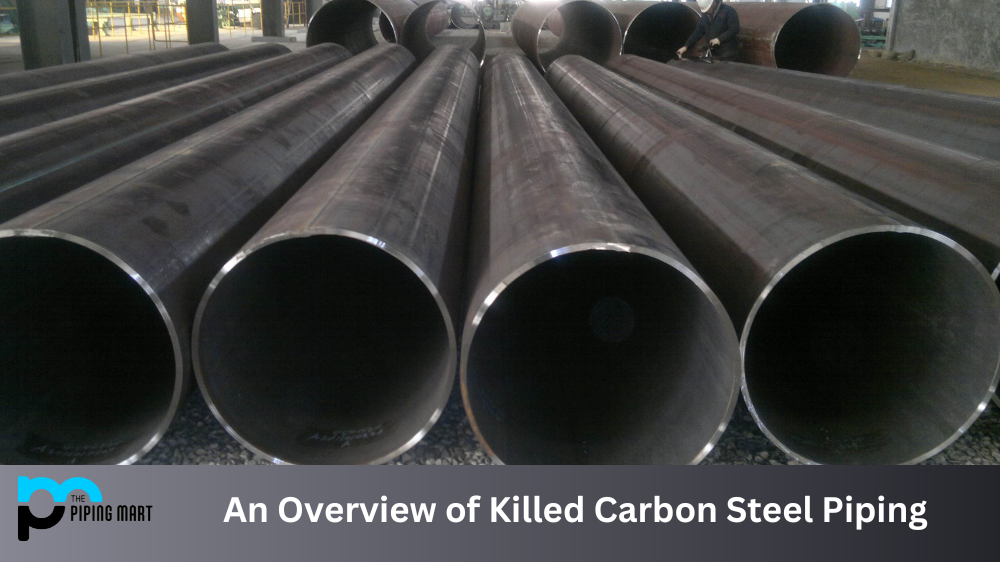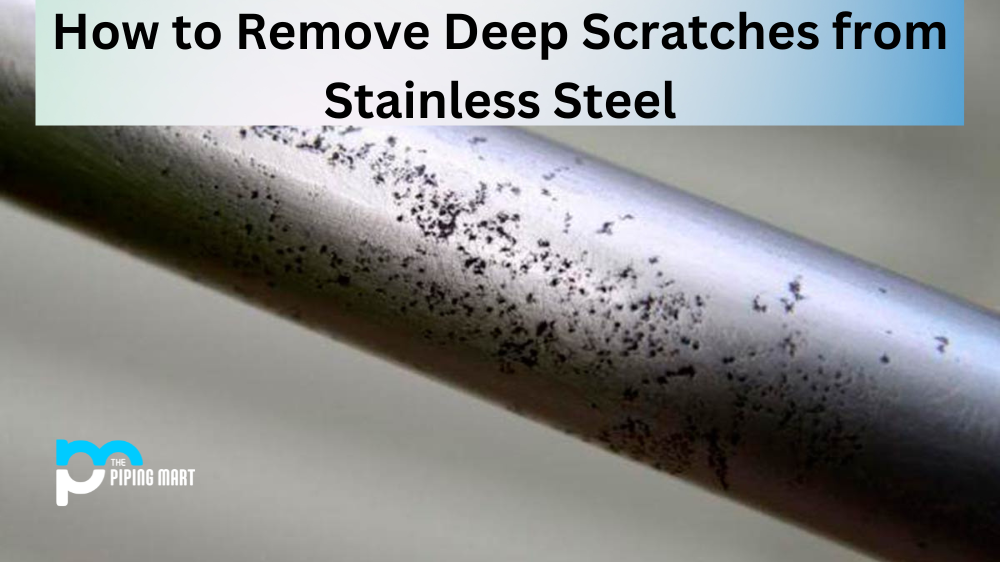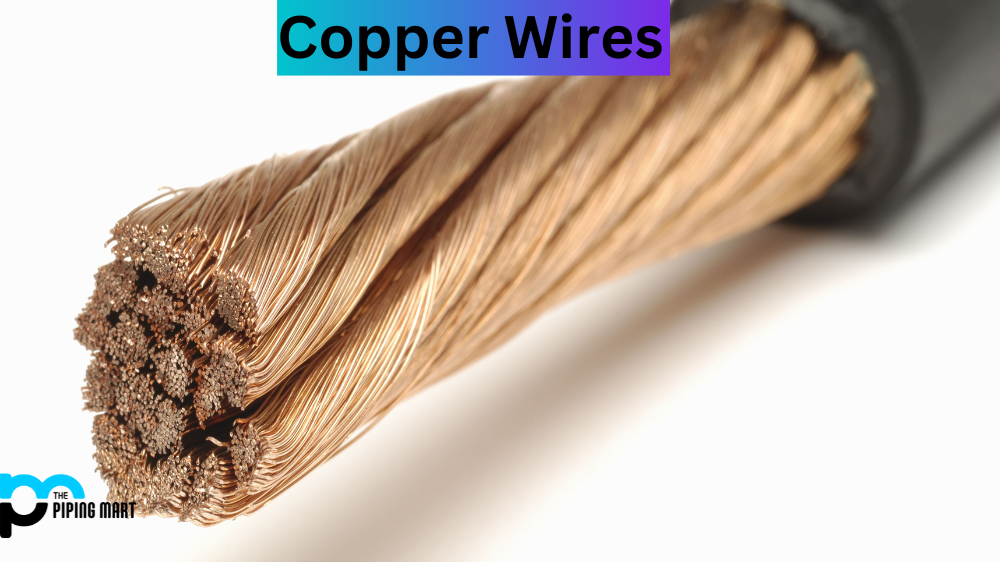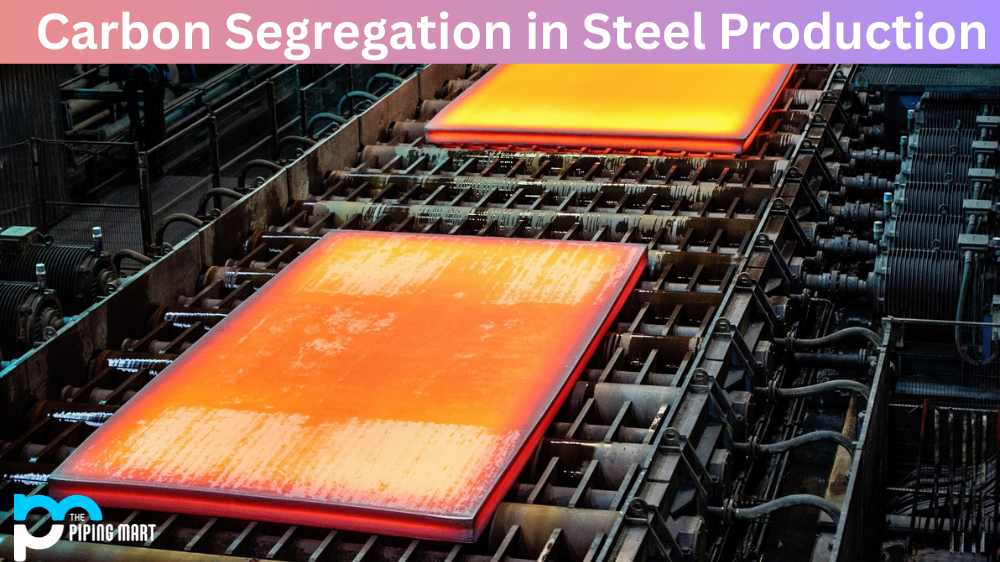Killed carbon steel piping is a type of carbon steel pipe that has been treated with an agent that deoxidizes the metal. This treatment is done to improve the strength and ductility of the pipe, as well as its corrosion resistance. In this blog post, we’ll take a look at what killed carbon steel piping is, why it’s used, and how it’s made.
What Is Killed Carbon Steel Piping?
Killed carbon steel piping is a type of steel pipe where an agent has been added or injected into the molten metal to deoxidize it. This process helps to produce a stronger, more corrosion-resistant steel pipe that can be used in various applications such as oil and gas pipelines and chemical plants. The agent that is injected into the molten metal depends on the use case for which the pipe will be used; some common agents are aluminum, silicon, manganese, and phosphorus.
Why Is It Used?
Killed carbon steel piping is primarily used in industries where there is a need for higher quality pipes than those made from plain carbon steel (or black steel). Adding an agent during manufacturing improves its strength and yields better performance characteristics than plain carbon steels do. Additionally, because killed carbon steel pipes have improved resistance to corrosion due to their deoxidizing agents, they are often preferred over other types of piping materials, such as stainless steel or alloy steel, when dealing with corrosive environments.
How Is It Made?
Killed carbon steel piping is manufactured through two different processes – hot rolling and cold drawing. In the hot rolling process, molten metal is poured into molds which are then rolled into tubes of various sizes and shapes. During this process, an agent such as aluminum or silicon may be added to deoxidize the metal before it cools down and solidifies. In the cold drawing, thin-walled tubing is pulled through dies, reducing its diameter while keeping its length unchanged; again, agents may be added during this process for improved strength and corrosion resistance.
Conclusion:
Killed carbon steel piping has become increasingly popular due to its improved strength and corrosion resistance compared to plain carbon steel. These benefits have increased its use in oil & gas production and chemical processing. While there may be additional costs associated with using killed carbon steel over other types of materials in some cases, these costs are usually offset by gains in performance characteristics that make it worth considering when selecting a piping material for your next project. Intended Audience: Engineers working with industrial piping systems
Sakshee is a talented blogger, with a particular focus on the Business and Metal Industry. She is passionate about sharing her insights on various metal products and helping professionals to make a better decisions.




